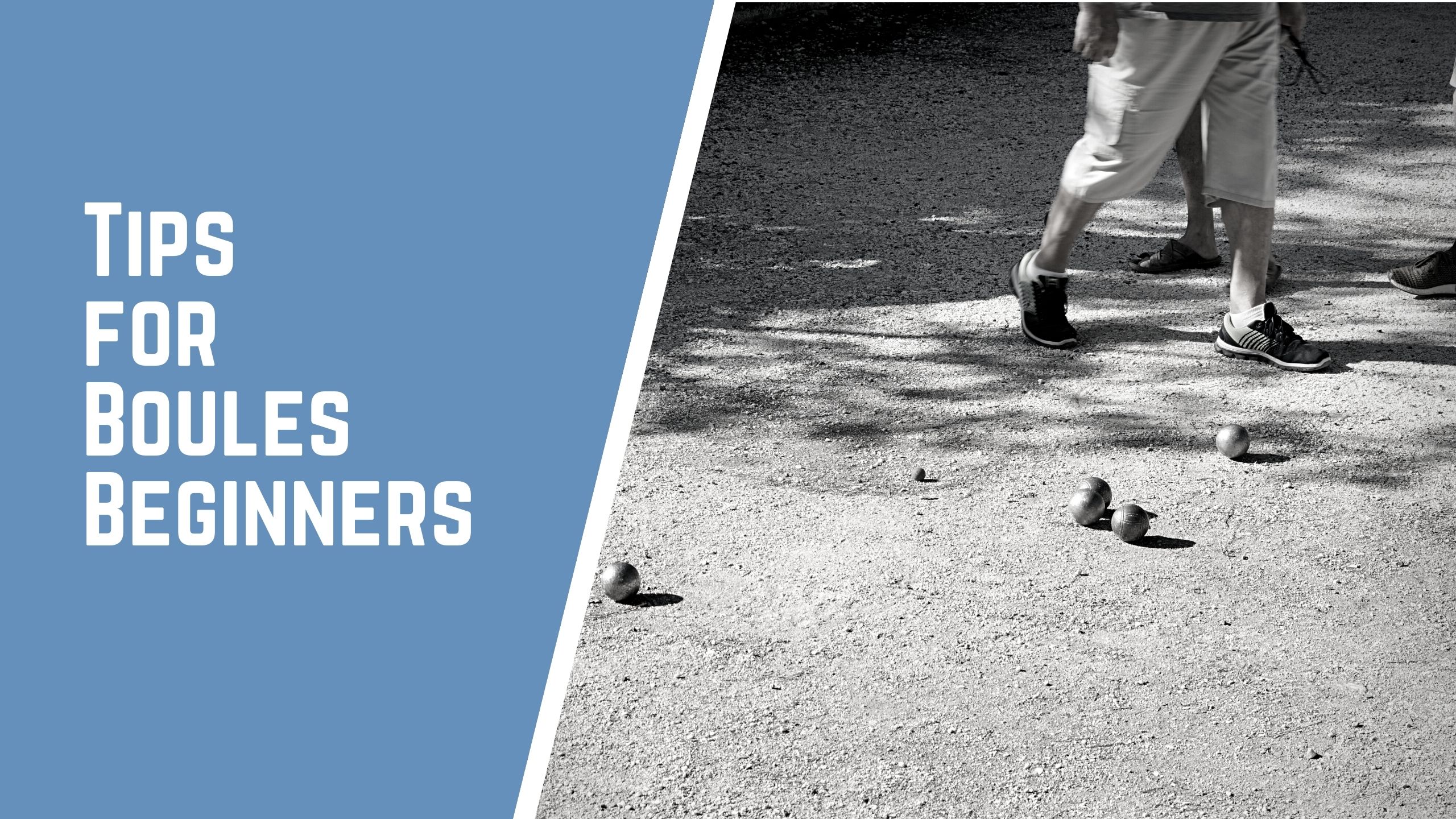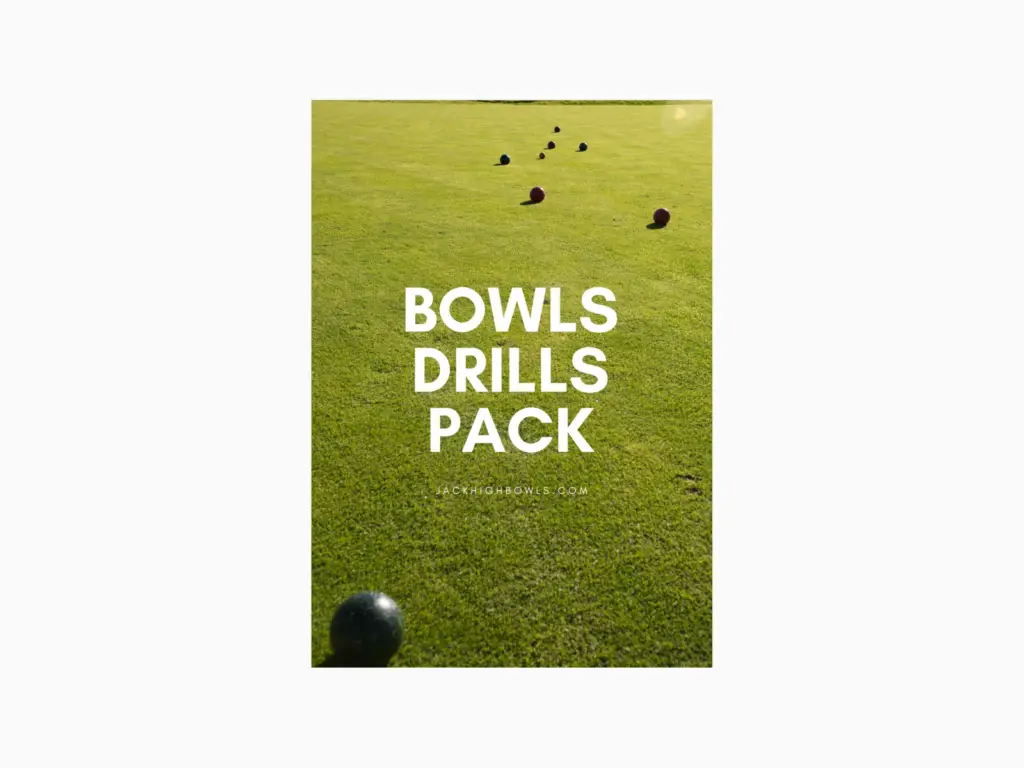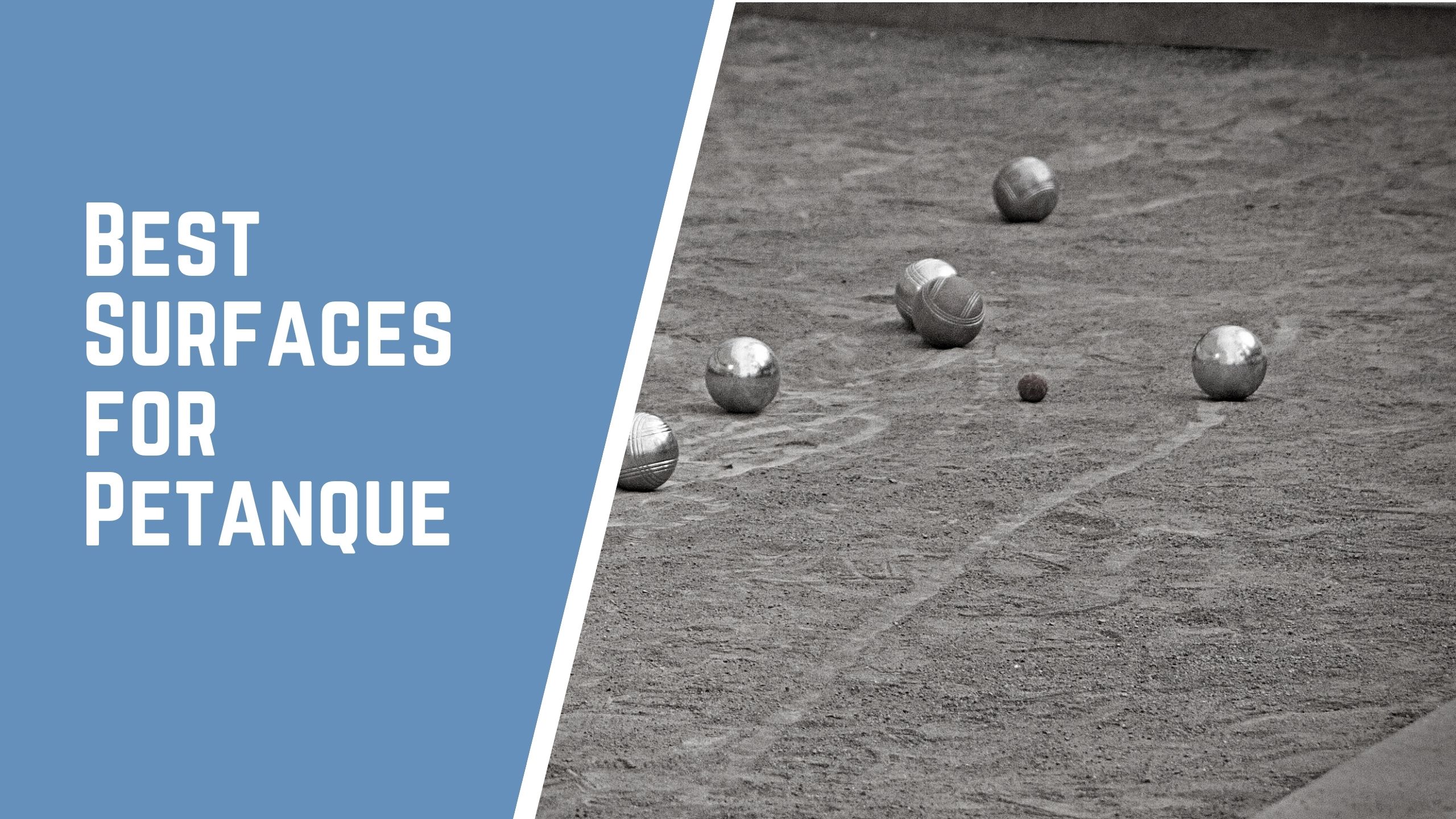Boules, also known as petanque, is a game that originated in the south of France and continues to be a popular game to this day. The rules are relatively simple though they can take some time to get used to.

For those who are totally new to the game, the rules can be downright confusing. Thankfully, there is a guide here to help even the most novice of boules players to better understand and become better players.
The Rules
The rules of petanque are relatively straightforward. The main objective is to take the boules, which are small, and oftentimes metal, balls and get them as closely as possible to a ball known as the cochonnet or jack.
All of this is from a fixed position within a predesignated circle. The loose translation is “feet together”, though players must have their feet firmly planted in the ground in order to make their throw and have it count.
Teams can consist of one, two, or three players. The game is played in either marked terrain or in an open space; though it is generally played on marked terrain for official events. Typically, strings can be wound around nails driven into the ground to create those boundaries.
The coin toss determines who goes first; the team that wins places the circle, throws the jack, and then throws their first boule to begin the game. The act of rolling or throwing a ball in the direction of the jack is a boule.
The initial player has to ensure that the jack is anywhere from 6- to 10-meters away from the circle, otherwise it will need to be rethrown. When the first team throws their boule, the opposing team then takes their turn. The scoring can be a little more complex, so let’s cover that in the next section.
Scoring
The objective is for one team to reach 13 points each. After each player has taken their turn throwing the boule, it is then time to determine which team “gets the point.” It is possible for a team to get multiple points depending on how many players there are in the game.
When both teams have thrown their boules, measurements are taken to determine which one is the closest. The firstest away from the jack will be given another turn and the team that gains the most boules in that round gets a point or points.
This continues until one team has either gotten the ball closest to the jack or has run out of boules. Each game can consist of several rounds, which is known as an end. Each round will end when both teams have finished with their boules. Should a ball cross the boundary line, then it is considered a dead ball which will not be counted.
When each round ends, the ball or balls of one team that are closer to the jack than the nearest opponent are considered a point. So, in a game with teams of two, it is possible for both of the boules of Team A to be closer than the closest of Team B. That would result in 2 points for Team A. The first team to 13 points wins.
What Equipment Is Needed for Petanque?
The thing that makes petanque or boules so popular is that it is simple to pick up and play. There are a few requirements to have a game of petanque: balls, a circle, the right terrain, and something to measure with.
Boules are generally made of hollow metal balls, mostly stainless steel, with the jack being a wooden ball. Depending on how serious the game is in nature, there may be specific regulations in place to ensure that the game is as fair as possible.
Boules are not allowed to be filled with anything, which could be considered tampering. That said, players can put grooves or engrave their names without issue. The jack is roughly 30 millimeters and should be made of boxwood or beechwood. Jacks can be painted in most cases depending on the seriousness of the game.
The circle can be drawn with anything. It is traditionally drawn in dirt or sand, with a diameter ranging between 30 and 50 centimeters. There is also the allowance for plastic circles which are quicker and more accurate.
The terrain, meanwhile, can be just about anything. For the most part, as long as the surface is flat, it is fine for playing boules. There are no regulations or restrictions about the boundary so long as it can be played with either marked or unmarked territory.
Gravel is generally accepted to be the best surface as it provides great rolling potential with enough natural friction to keep things from getting out of hand. Depending on the surface, there are boundaries with strings wound around nails that can be used to mark out the playing area.
The last thing needed is something to measure the boules with. Official rules state that players cannot use their feet to measure; it all depends on where you are playing. Other than that, the generally accepted form of measurement is measuring tape. This way, in particularly close rolls, teams are able to determine which is closest.
Playing boules requires very little in the way of startup and can be played on just about any surface. For that reason and more, it remains a popular summer/vacation game that anyone of any age can pick up.
Conclusion
It doesn’t take much to get started playing boules. After you have purchased your boules kit, you can start playing with friends and family alike. It will take a few times running through to grasp the rules, but you can become an expert before long.
Boules is a great game to play at home, on vacation, or with friends just about anywhere. So long as you have a flat surface, you can play the game that has become a staple in France and across the world.
Get The Complete Lawn Bowls Drill Pack
The Jack High Bowls Drill Pack is available now for instant download.
Perfect for beginners and improving players looking to be more consistent and win more games!

Get The Complete Lawn Bowls Drill Pack
The Jack High Bowls Drill Pack is available now for instant download.
Perfect for beginners and improving players looking to be more consistent and win more games!








